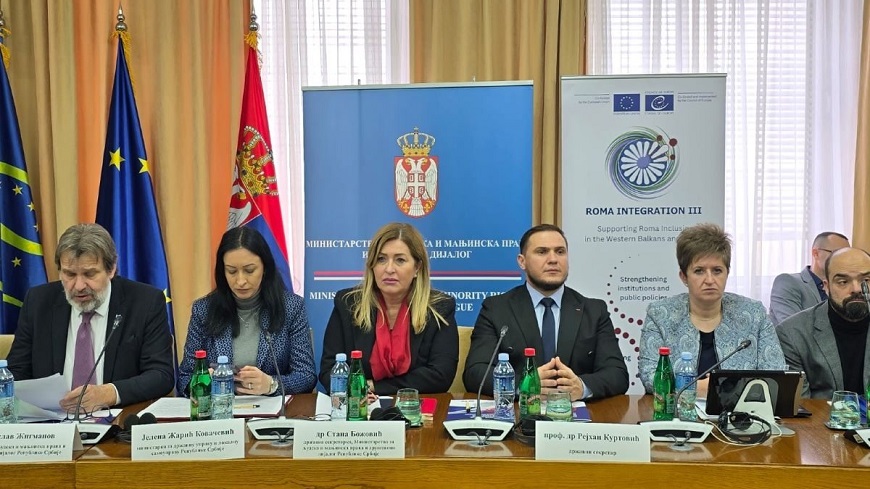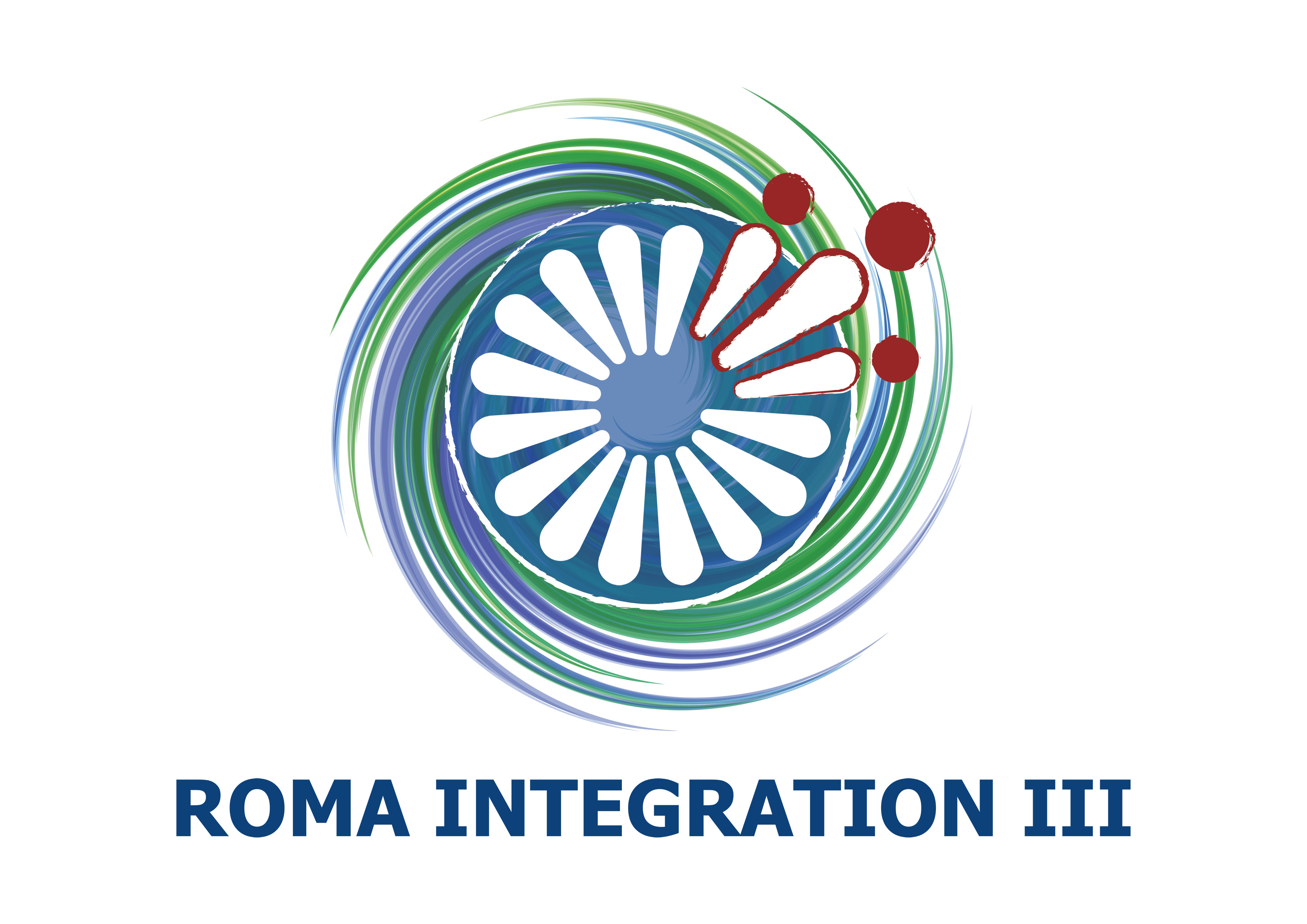On 18 December, the conference "Monitoring of Social Inclusion Measures for Roma Men and Roma Women at the Local Level" brought together representatives from various institutions and civil society organisations in Serbia.
The event provided a platform for discussing the progress, challenges, and best practices in the implementation of social inclusion measures for the Roma community, focusing particularly on local-level actions. The conference was jointly organised by the Ministry for Human and Minority Rights and Social Dialogue of the Republic of Serbia and the Joint Programme of the Council of Europe and the European Union Roma Integration III.
Minister's Opening Remarks
Tomislav Zigmanov, Minister for Human and Minority Rights and Social Dialogue, opened the conference by highlighting the role of local self-governments in the successful implementation of the Strategy for Social Inclusion of Roma Men and Roma Women in the Republic of Serbia 2022–2030. He emphasised that ensuring full and effective equality for the Roma community in all aspects of life—be it economic, social, cultural, or political—requires a collaborative approach between the state, civil society organisations, Roma associations, and international partners.
The Role of Local Self-Governments
Jelena Zaric Kovacevic, Minister for Public Administration and Local Self-Government mentioned that local governments are at the forefront of implementing national policies and improving living conditions for all citizens. She stressed the importance of building the capacity of local authorities to collect and analyse data on the social inclusion needs of their communities. Furthermore, she highlighted the crucial role of local self-governments in fostering intersectoral cooperation among service providers at the local level to ensure sustainable support for the most vulnerable Roma populations.
The EU’s Support for Roma Integration
Plamena Halacheva, Deputy Head of the EU Delegation in Serbia, noted that achieving social inclusion requires a comprehensive, multi-level approach that involves all relevant stakeholders. Halacheva pointed out that the EU's support to Serbia aligns with the Poznan Declaration, which aims to address key areas such as housing, civil registration, employment, and education, promoting equal opportunities for all citizens, including the Roma community.
Local Governments' Engagement in Social Inclusion
Janos Babic, Head of the Council of Europe Office in Belgrade, pointed out the fact that 135 municipalities in Serbia had submitted data on their social inclusion efforts for Roma, indicating that local governments recognise the importance of these measures. However, Babic stressed that further work is needed to establish and strengthen the key preconditions for successful implementation in the coming years.
Presentation of Key Findings
During the conference, a comprehensive Analysis of the Implementation of Social Inclusion Measures for Roma at the Local Level was presented. The report provided regional data on the monitoring of the strategic framework for Roma inclusion in the Western Balkans and Türkiye. The findings revealed several key statistics:
- 33% of local governments (45 LGUs) have adopted local action plans for Roma inclusion.
- 36% (49 LGUs) have formed mobile teams to implement inclusion measures.
- 37% (50 LGUs) have allocated financial resources to improve the position of Roma in the current year.
In terms of specific areas of support, many municipalities focused their efforts on education, including providing textbooks, snacks, and transportation for Roma children. Interestingly, only 14% of local self-governments reported that Romani language and culture were offered as an elective programme in primary schools. Additionally, data highlighted a significant employment disparity, with only 319 Roma employed in the public sector compared to 1,288 in the private sector.
Public health initiatives targeting the Roma community have been well-developed, covering areas such as immunisation, reproductive health, chronic disease prevention, and mental health. However, there is still much work to be done in terms of housing. While 22 settlements have spatial regulation plans, only 10 local self-governments are co-financing the preparation of technical documentation for infrastructure improvements, and just 4 LGUs are allocating resources for the legalisation of Roma settlements.
Challenges and the Way Forward
The data reveals that while local self-governments are making significant efforts to implement social inclusion measures, many challenges remain. There are still considerable gaps that need to be addressed, particularly in areas such as employment, education, and housing. One key takeaway from the conference is the need for greater support in building the capacity of local governments and ensuring they have the resources necessary to effectively serve vulnerable communities, especially the Roma.
The conference proved to be a valuable opportunity for all participants to engage in meaningful dialogue, share challenges, and propose solutions for improving the mechanisms of coordination and monitoring for social inclusion at both local and national levels. By fostering greater collaboration, Serbia can move closer to achieving its goal of full inclusion for Roma men and women in all aspects of public life.
________________________________________
The event was organised within the framework of the Roma Integration III Joint Programme of the European Union and the Council of Europe, implemented by the Roma and Travellers Division of the Council of Europe.
________________________________________


